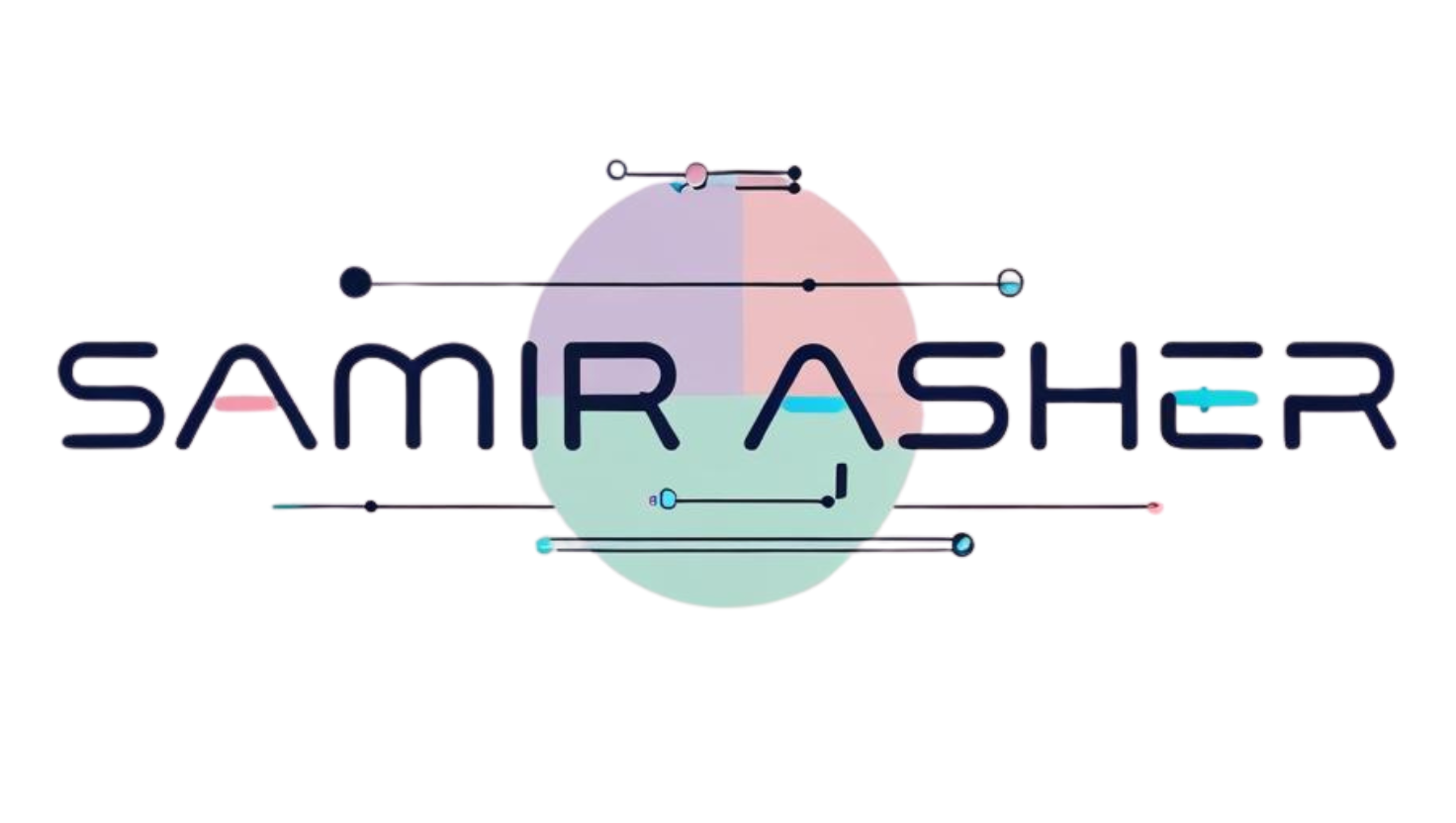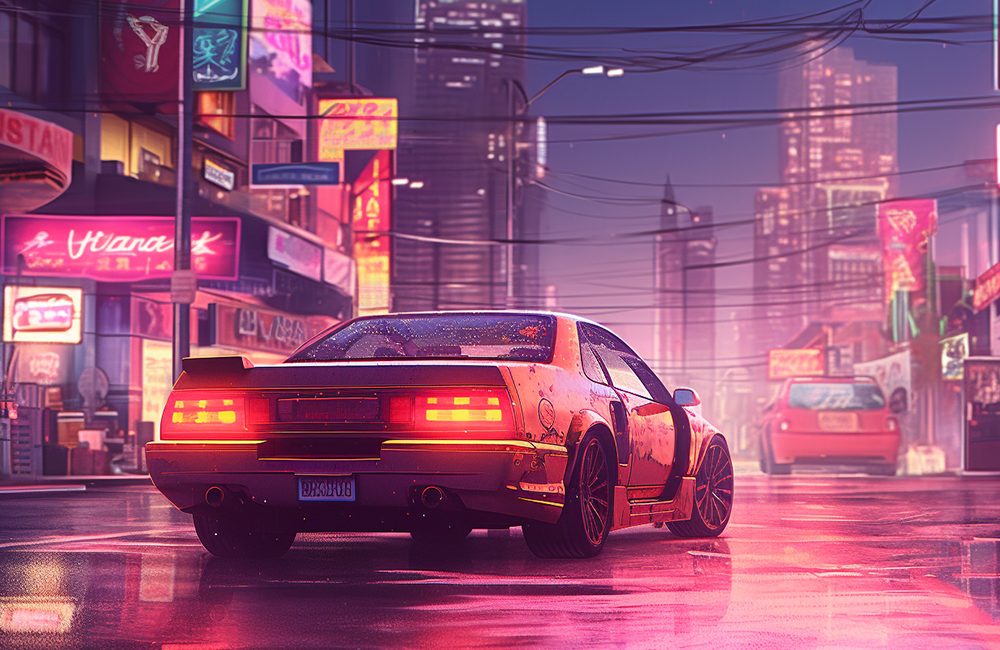I never thought my weekend photography hobby would make me a better business owner, but here we are. After years of juggling both my camera and running Tonic Worldwide, I’ve realized that some of my best business lessons didn’t come from fancy business books or expensive conferences. They came from behind the lens, usually while cursing at terrible lighting and wondering why I chose such an expensive hobby.
The Devil’s in the Details (And So Is Success)
You know that soul-crushing moment when you think you nailed the perfect shot, only to zoom in and realize the horizon is slightly crooked? Photography taught me that the smallest details can make or break everything, and now I’m that guy who notices when a logo is one pixel off-center.
When we’re putting together campaigns for clients, I find myself obsessing over the tiny stuff that others might miss. That extra spacing in the design, the way a headline flows, whether that shade of blue actually matches their brand or just looks like it does on my Monday morning coffee-deprived eyes. My team sometimes jokes that I’m too nitpicky, but our clients notice the difference, and that’s what keeps them coming back.
Creative Problem-Solving Became My Superpower
Photography forces you to get creative fast, or you go home with garbage. Bad lighting? Work with it or cry about it. Boring location? Find the interesting angle or accept that you’re shooting another generic corporate headshot. This “make it work” mentality has saved my butt countless times at the agency.
When a client comes to us with a challenge that seems impossible, like wanting to look “edgy but approachable” or “premium but accessible” (yes, these are real requests), I don’t panic anymore. I just think about all those times I had to turn a strip mall parking lot into something that looked artistic with nothing but creativity and pure stubbornness.
Patience Isn’t Just a Virtue, It’s Survival
I’ve spent literal hours waiting for the perfect light, questioning my life choices while mosquitoes used me as their personal buffet. But that patience taught me something crucial about business: good things take time, and rushing usually leads to regret.
Instead of delivering something “good enough” just to hit a deadline, I’ve learned to take the time to make it exceptional. Sure, clients sometimes want everything yesterday, but I’ve found that when you explain why patience leads to better results (and show them examples of rushed work versus thoughtful work), they usually get it. Plus, it’s way easier to explain a slight delay than to explain why their campaign looks like it was designed during a coffee shortage.
Time Management From Chaos to Control
Managing a photo shoot taught me more about time management than any productivity guru ever could. You’ve got limited daylight, a team waiting on you, equipment that decides to malfunction at the worst possible moment, and about fifty things that could go wrong before lunch. Sound familiar? Running an agency feels pretty similar most days.
The difference is, now I know how to prioritize what actually matters versus what just feels urgent. My team handles the setup while I focus on the big picture. It’s like being a conductor of a very caffeinated orchestra, except instead of violins, everyone’s wielding laptops and strong opinions about font choices.
Communication Is More Than Just Making Noise
Ever tried directing a nervous model who’s never been photographed before, or explaining your artistic vision to a client who “knows what they want but can’t describe it beyond showing you a blurry Pinterest screenshot”? Photography taught me that good communication isn’t just about talking louder or using bigger words.
These days, when a client says they want something “more dynamic,” I know how to dig deeper and figure out what that actually means to them. Sometimes “dynamic” means “colorful,” sometimes it means “has movement,” and sometimes it means “please just make us look less boring than our competitors.” The trick is asking the right questions without making them feel stupid for not knowing design terminology.
Every Brand Has a Story Worth Telling
The best photos don’t just show something, they make you feel something. That lesson completely changed how I approach branding for our clients. Instead of just making things look pretty (though pretty doesn’t hurt), we dig into what story they want to tell. What emotion do they want people to feel when they see their brand? What memory do they want to create?
It’s photography thinking applied to business, and it works way better than the old “make the logo bigger” approach. Though honestly, clients still ask us to make the logo bigger. Some things never change.
Rolling with the Punches Like a Pro
Weather changes, models cancel last minute because their dog got sick (true story), equipment decides to die at the worst possible moment. If you’re a photographer, you’ve been there, probably while questioning why you didn’t just become an accountant like your mother suggested.
But you learn to adapt fast, or you learn to find a new hobby. This flexibility has been crucial in the agency world, where client needs shift faster than fashion trends, budgets change without warning, and deadlines get moved around like furniture in a college dorm. Instead of having a complete meltdown, I’ve learned to see these curveballs as creative challenges. Plus, stress-induced creativity is surprisingly effective.
Collaboration Makes Everything Better
Some of my best shots happened because I worked with talented people who brought their own ideas to the table, even when those ideas initially sounded insane. The same goes for running an agency. I used to think I needed to have all the answers, like some kind of business guru who’d figured out the secret sauce.
Photography taught me that the best work happens when everyone contributes their expertise and nobody’s ego gets in the way. Now I actually listen when my team suggests something different, even if it means admitting I don’t know everything. Shocking, I know.
Social Media Became My Accidental PhD
Long before I was helping clients figure out why their Instagram posts were getting fewer likes than their nephew’s lunch photos, I was posting my photography and trying to crack the mysterious algorithm. That trial-and-error experience gave me insights you can’t get from courses or books written by people who’ve never actually had to make social media work for a real business.
I learned what actually engages people versus what we think should engage them. Spoiler alert: people are weird, and what they say they want and what they actually engage with are often completely different things. That real-world experience has been invaluable when we’re crafting social strategies for clients who are convinced they need to post inspirational quotes every day.
Customer Service Gets Personal
Photography clients are trusting you with their most important moments. Weddings where Aunt Martha will critique everything, family portraits where everyone needs to look good despite the kids having sugar crashes, business headshots where someone’s career might depend on not looking like a serial killer.
You can’t just deliver the photos and disappear into the night. You have to be there for them, answer their panicked texts about whether their nose looks weird, and reassure them that yes, they do look professional and no, everyone can’t tell they were hungover. That personal touch became the foundation of how we treat every client at Tonic, regardless of whether they’re spending five thousand or fifty thousand dollars.
The Real Lesson: There Are No Shortcuts
Here’s the thing about photography that nobody tells you when you’re starting out: you can’t fake it. Either you put in the work to understand light, composition, and timing, or your photos look like they were taken by someone holding a camera while riding a roller coaster. There’s no shortcut, no magic filter, no “one weird trick” that photographers don’t want you to know.
The same goes for running an agency. You can’t just wing it and hope for the best, despite what some entrepreneurship blogs might tell you. You have to show up, do the work, make mistakes, learn from them, and keep going even when everything feels impossible.
Looking back, I’m amazed at how much my weekend photography hobby shaped my business philosophy. Every frustrated moment behind the camera, every breakthrough that made me feel like a genius, every “happy accident” that turned into something amazing taught me something I’d later use at Tonic.
The best part? I’m still learning. Every weekend shoot teaches me something new about light or people or patience. Every client project shows me a different way to solve problems. And honestly, that’s what keeps both my photography hobby and running an agency exciting. There’s always another level to reach, another story to tell, another impossible request to figure out how to make work.
Sometimes the best business lessons come from the most unexpected places. For me, it was through a viewfinder, usually while wondering why I chose such an expensive hobby that makes me wake up at 5 AM on Saturdays. But I wouldn’t change it for anything, even if my camera gear budget makes my accountant cry.

